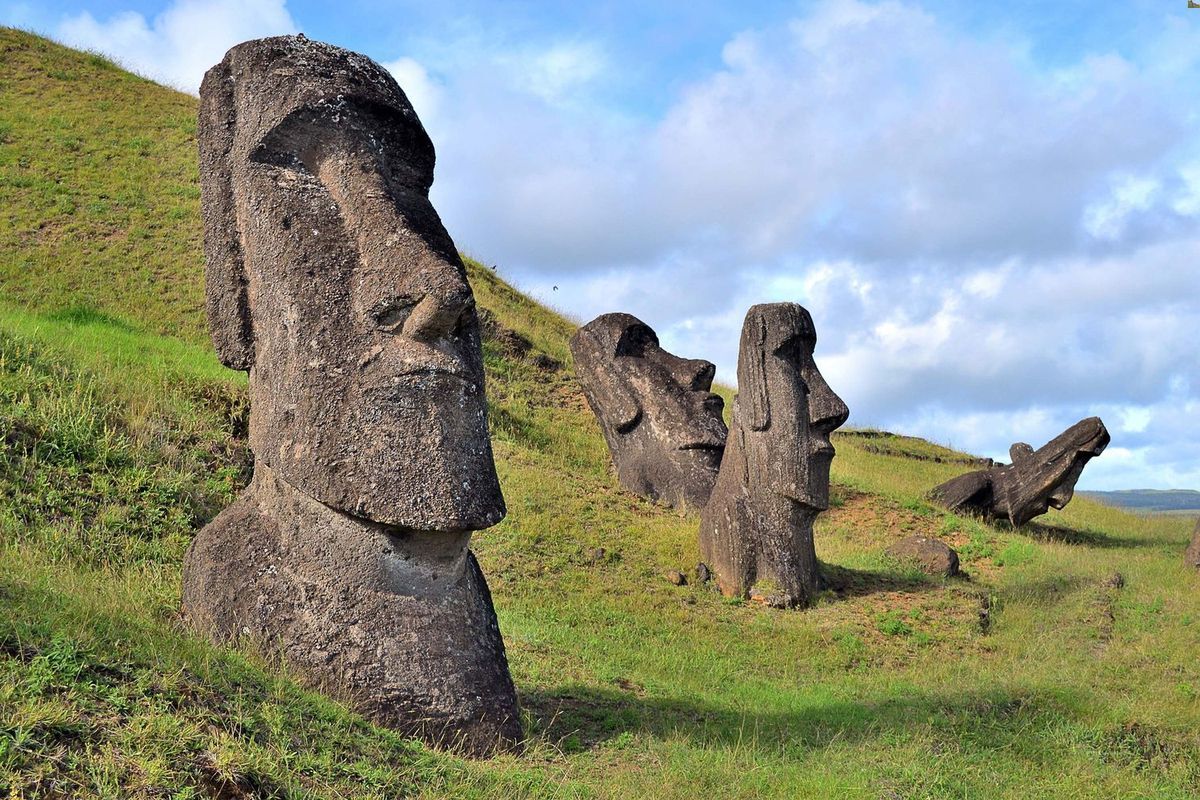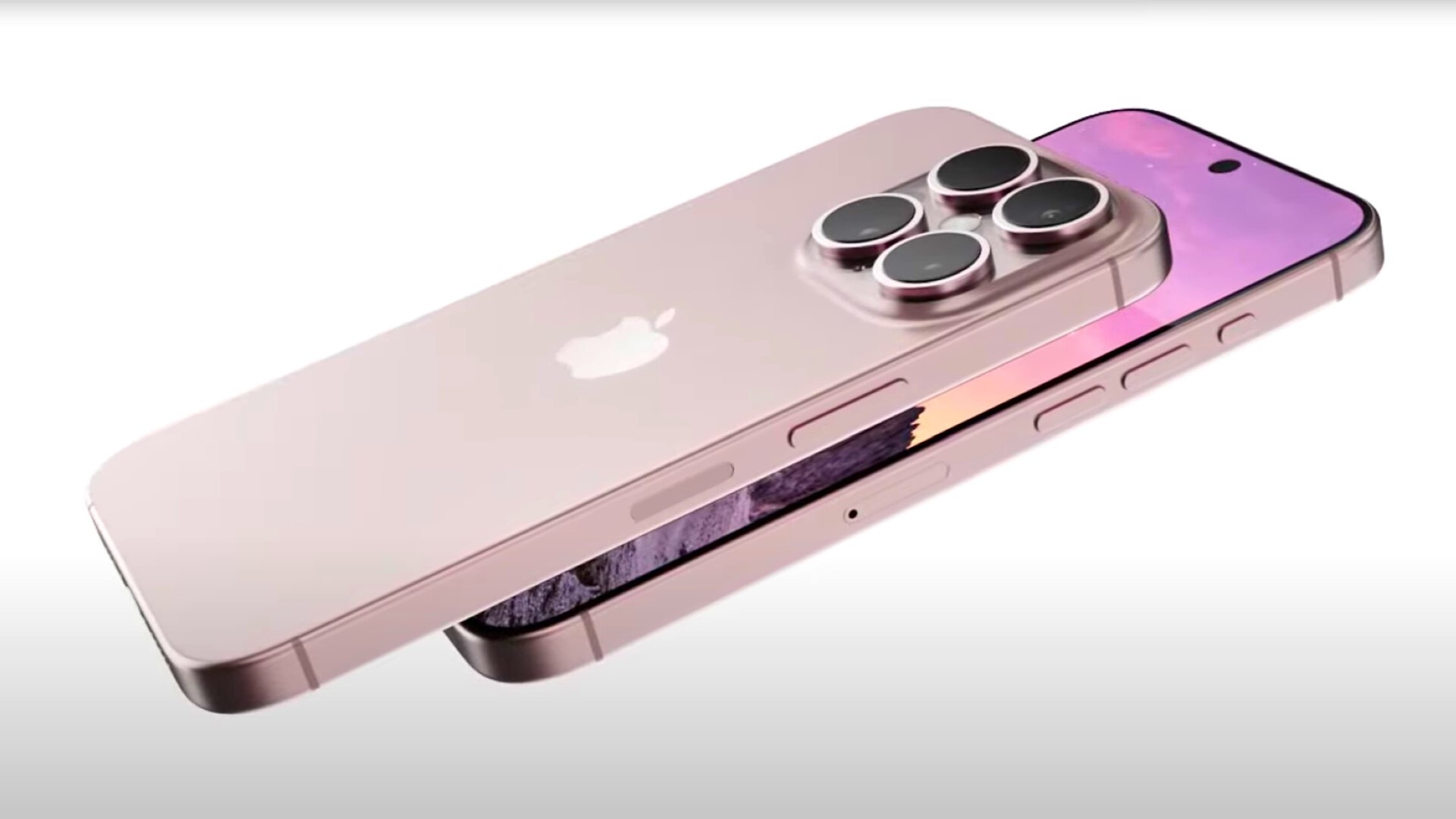
Easter Island, a remote volcanic island in Polynesia, is famous for its mysterious Moai statues. These colossal stone figures, carved by the Rapa Nui people, have fascinated historians, archaeologists, and travelers for centuries. But what makes these statues so intriguing? Why were they built? How were they transported across the island? And what secrets do they hold about the island's past? In this blog post, we'll uncover 25 fascinating facts about the Easter Island statues that will give you a deeper understanding of their history, significance, and the people who created them. Get ready to be amazed by the wonders of Easter Island!
Key Takeaways:
- The Easter Island statues, called Moai, were created by the Rapa Nui people and hold deep cultural significance. They represent ancestral chiefs and are a testament to the ingenuity of the Rapa Nui.
- The Moai statues, with their unique features and spiritual symbolism, continue to captivate people worldwide. They are a UNESCO World Heritage Site and a major draw for tourism, inspiring art and literature.
The Mysterious Moai Statues
Easter Island, known as Rapa Nui to its indigenous people, is famous for its giant stone statues called Moai. These statues have fascinated historians, archaeologists, and tourists for centuries. Here are some intriguing facts about these enigmatic figures.
-
Easter Island is one of the most remote inhabited islands in the world. Located in the southeastern Pacific Ocean, it is over 2,000 miles from the nearest continental point, Chile.
-
The Moai statues were carved by the Rapa Nui people. These indigenous Polynesians created the statues between 1400 and 1650 AD.
-
There are nearly 900 Moai statues on Easter Island. Each statue is unique, with distinct facial features and expressions.
-
The average Moai statue weighs about 14 tons. Some of the largest statues weigh up to 82 tons and stand over 30 feet tall.
-
The statues were carved from volcanic tuff. This soft rock, found in the Rano Raraku quarry, made it easier for the Rapa Nui to sculpt the statues.
-
Most Moai statues face inland. They were positioned to watch over the villages and protect the people.
The Purpose and Symbolism of Moai
The Moai statues are not just impressive works of art; they hold deep cultural and spiritual significance for the Rapa Nui people. Let's explore their purpose and symbolism.
-
Moai statues represent ancestral chiefs. Each statue is believed to embody the spirit of a deceased leader, providing protection and blessings to the community.
-
The statues were part of a larger religious and political system. They played a crucial role in the Rapa Nui's ancestor worship and social hierarchy.
-
The Moai were often placed on stone platforms called ahu. These platforms served as ceremonial sites and burial grounds for important individuals.
-
Some Moai statues have red stone hats called pukao. These hats, made from a different type of volcanic rock, symbolize the status and power of the individuals they represent.
-
The eyes of the Moai were inlaid with coral and obsidian. This detail was added during ceremonies to "activate" the statues and imbue them with spiritual power.
The Construction and Transportation of Moai
Creating and moving these massive statues was no small feat. The Rapa Nui people developed ingenious methods to accomplish this monumental task.
-
The Rapa Nui used stone tools to carve the Moai. These tools, made from harder volcanic rock, allowed them to shape the statues with precision.
-
The statues were transported using a combination of sledges, rollers, and ropes. This method required a large workforce and careful coordination.
-
Some theories suggest the Moai were "walked" to their locations. Researchers believe the statues could have been rocked back and forth, mimicking a walking motion.
-
The Rano Raraku quarry contains unfinished Moai. These incomplete statues provide valuable insights into the carving process and techniques used by the Rapa Nui.
-
The largest Moai ever erected is called Paro. It stands 33 feet tall and weighs approximately 82 tons.
The Decline and Restoration of Moai
The story of the Moai statues doesn't end with their creation. Over time, the Rapa Nui faced numerous challenges that led to the decline of their society and the eventual restoration of the statues.
-
Deforestation contributed to the decline of Rapa Nui society. The island's trees were used for transporting statues, building canoes, and other purposes, leading to environmental degradation.
-
European contact brought diseases and conflict. These factors further weakened the Rapa Nui population and disrupted their traditional way of life.
-
Many Moai were toppled during internal conflicts. Rival clans pushed over statues to undermine the power and influence of their enemies.
-
Restoration efforts began in the 20th century. Archaeologists and local communities have worked together to re-erect and preserve the Moai statues.
-
The Ahu Tongariki restoration project is the largest of its kind. This ambitious effort restored 15 Moai statues to their original positions on a massive stone platform.
Modern Significance and Tourism
Today, the Moai statues continue to captivate people from around the world. They are a testament to the ingenuity and resilience of the Rapa Nui people.
-
Easter Island is a UNESCO World Heritage Site. The island's cultural and historical significance has earned it this prestigious designation.
-
Tourism is a major source of income for the island. Visitors from around the globe come to marvel at the Moai and learn about Rapa Nui culture.
-
The Moai statues have inspired countless works of art and literature. Their mysterious allure has captured the imagination of artists, writers, and filmmakers.
-
The Rapa Nui people continue to honor their heritage. They celebrate their ancestors and traditions through festivals, dances, and other cultural practices.
The Enduring Mystery of Easter Island
Easter Island's statues, or moai, continue to captivate us. These massive stone figures, carved by the Rapa Nui people, stand as a testament to human ingenuity and cultural significance. Each moai, with its unique features, tells a story of the island's past, its people, and their beliefs.
Despite extensive research, many questions remain. How were these colossal statues transported? What caused the island's deforestation? Theories abound, but definitive answers are elusive. This mystery adds to the allure of Easter Island, drawing historians, archaeologists, and curious minds alike.
Understanding the moai offers a glimpse into the Rapa Nui civilization's achievements and challenges. As we learn more, we gain a deeper appreciation for their resilience and creativity. Easter Island remains a fascinating subject, reminding us of the complexities of human history and the enduring power of cultural heritage.
Frequently Asked Questions
Was this page helpful?
Our commitment to delivering trustworthy and engaging content is at the heart of what we do. Each fact on our site is contributed by real users like you, bringing a wealth of diverse insights and information. To ensure the highest standards of accuracy and reliability, our dedicated editors meticulously review each submission. This process guarantees that the facts we share are not only fascinating but also credible. Trust in our commitment to quality and authenticity as you explore and learn with us.


